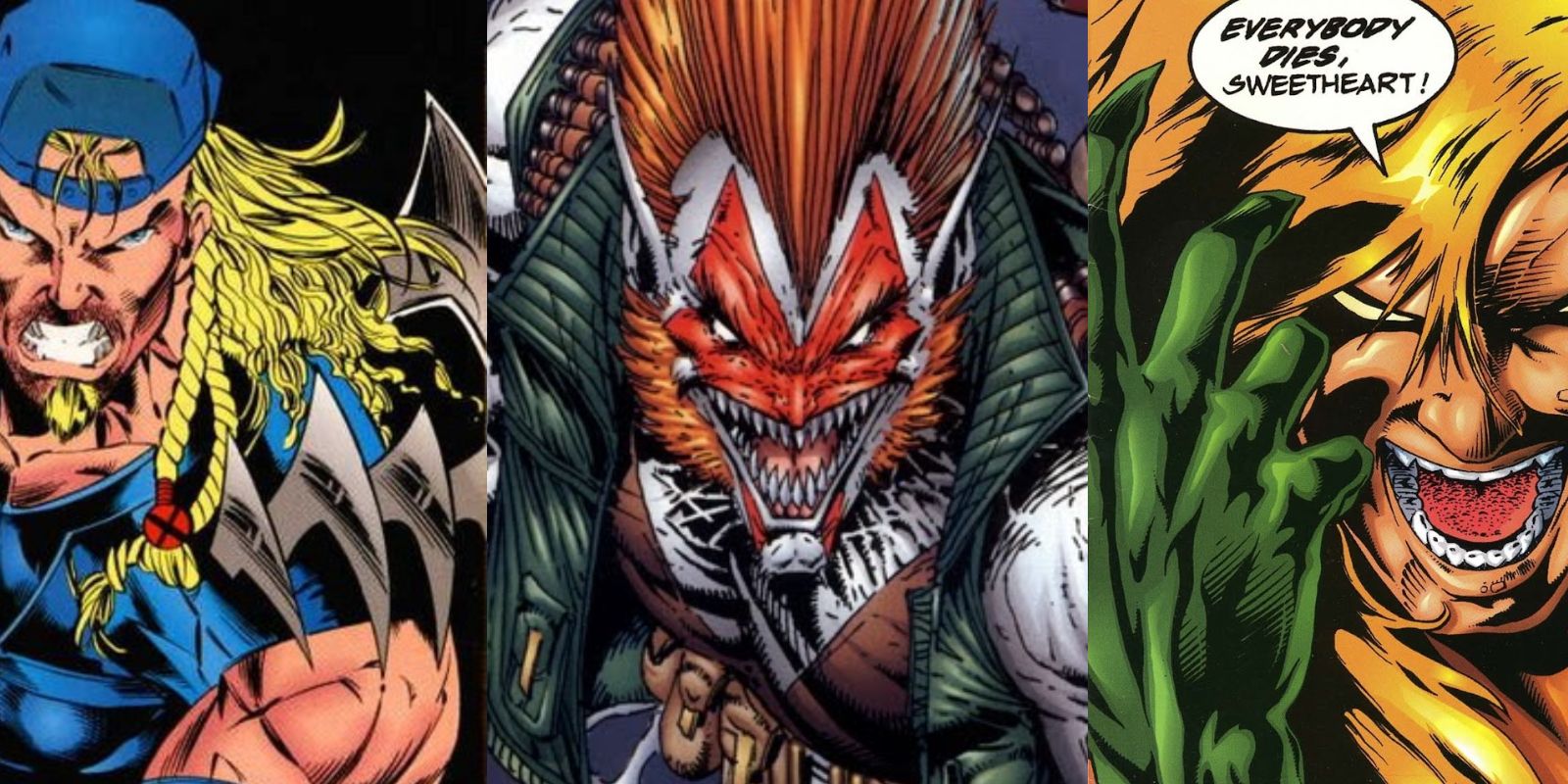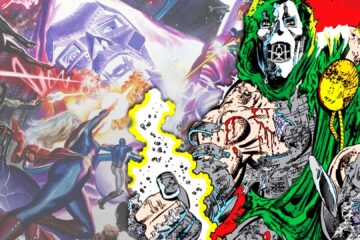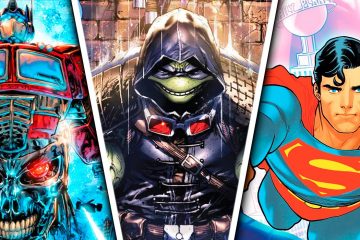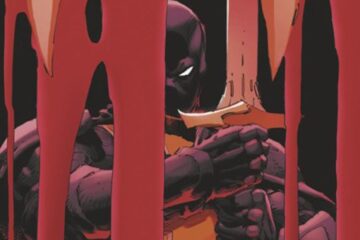The 1990s were arguably the most divisive era in comic book history. A decade bursting with extreme style and radical new takes on classic characters, the ’90s became a make-or-break moment not just for many longtime comic book fans, but for many publishers as well. Time hasn’t been particularly kind to the decade as countless jokes, memes, and misconceptions surrounding the stories, characters, and art have influenced people’s perception of the era. But for all its contentious shortcomings, the ’90s contained some of the best stories to date, a detail many people tend to not realize. It was a decade of renewal and fresh starts as well as disastrous decisions and poor management.To fully understand why the ’90s became what it was in regard to character development, tonal shifts in storytelling, changes in aesthetics, and the difficulty major publishing houses had with keeping up with the zeitgeist, it’s necessary to look a little bit into the past. The 1980s was the tipping point for comic books, in both good ways and bad. As the classic storytelling techniques of the Golden and Silver Age fell away to the rise of the gritty antihero and the troubled superhero, readers began to react positively to the new breed of story that was hitting store shelves and spinner racks. It’s important to understand that these changes were in no way bad in and of themselves, but only that they were clarion calls for the changes to come in following years.1984’s Saga of the Swamp Thing (by Alan Moore, Stephen Bissette, and John Totleben) was the pivotal shift in comic book paradigms. Moore took an ailing character and turned him into one of DC’s most cutting edge and mature stories of its time. Much of the fantasy and science fiction surrounding Swamp Thing remained intact, but an emphasis was placed on the soul of the character and his struggle with maintaining a sense of humanity in his new life. This vastly different approach to penning superhero stories opened the gate for the tales to come, most notably, the work of Frank Miller. 1986 was a seminal year for the comic book industry as works such as Miller’s Daredevil: Born Again and Dark Knight Returns, and Moore’s Watchmen were all released within the year. Gone were the childish tropes of yesteryear; superheroes were grim and pained, and their stories replaced high-flying heroics with mature stakes and consequences. 1987’s Batman: Year One (by Miller and David Mazuchelli) and 1989’s Animal Man (by Grant Morrison and Chas Truog) continued the trend of the mature storytelling Moore and Miller spearheaded.RELATED: Every Team Batman Ever Led In The ComicsRELATED: Todd McFarlane Remains Committed to Jamie Foxx Starring in Spawn Reboot
The 1990s were arguably the most divisive era in comic book history. A decade bursting with extreme style and radical new takes on classic characters, the ’90s became a make-or-break moment not just for many longtime comic book fans, but for many publishers as well. Time hasn’t been particularly kind to the decade as countless jokes, memes, and misconceptions surrounding the stories, characters, and art have influenced people’s perception of the era. But for all its contentious shortcomings, the ’90s contained some of the best stories to date, a detail many people tend to not realize. It was a decade of renewal and fresh starts as well as disastrous decisions and poor management.
To fully understand why the ’90s became what it was in regard to character development, tonal shifts in storytelling, changes in aesthetics, and the difficulty major publishing houses had with keeping up with the zeitgeist, it’s necessary to look a little bit into the past. The 1980s was the tipping point for comic books, in both good ways and bad. As the classic storytelling techniques of the Golden and Silver Age fell away to the rise of the gritty antihero and the troubled superhero, readers began to react positively to the new breed of story that was hitting store shelves and spinner racks. It’s important to understand that these changes were in no way bad in and of themselves, but only that they were clarion calls for the changes to come in following years.
1984’s Saga of the Swamp Thing (by Alan Moore, Stephen Bissette, and John Totleben) was the pivotal shift in comic book paradigms. Moore took an ailing character and turned him into one of DC’s most cutting edge and mature stories of its time. Much of the fantasy and science fiction surrounding Swamp Thing remained intact, but an emphasis was placed on the soul of the character and his struggle with maintaining a sense of humanity in his new life. This vastly different approach to penning superhero stories opened the gate for the tales to come, most notably, the work of Frank Miller. 1986 was a seminal year for the comic book industry as works such as Miller’s Daredevil: Born Again and Dark Knight Returns, and Moore’s Watchmen were all released within the year. Gone were the childish tropes of yesteryear; superheroes were grim and pained, and their stories replaced high-flying heroics with mature stakes and consequences. 1987’s Batman: Year One (by Miller and David Mazuchelli) and 1989’s Animal Man (by Grant Morrison and Chas Truog) continued the trend of the mature storytelling Moore and Miller spearheaded.
#Guide #Reading #90s #Comics #Extreme #Style #Edge #Dark #Age
Note:- (Not all news on the site expresses the point of view of the site, but we transmit this news automatically and translate it through programmatic technology on the site and not from a human editor. The content is auto-generated from a syndicated feed.))



